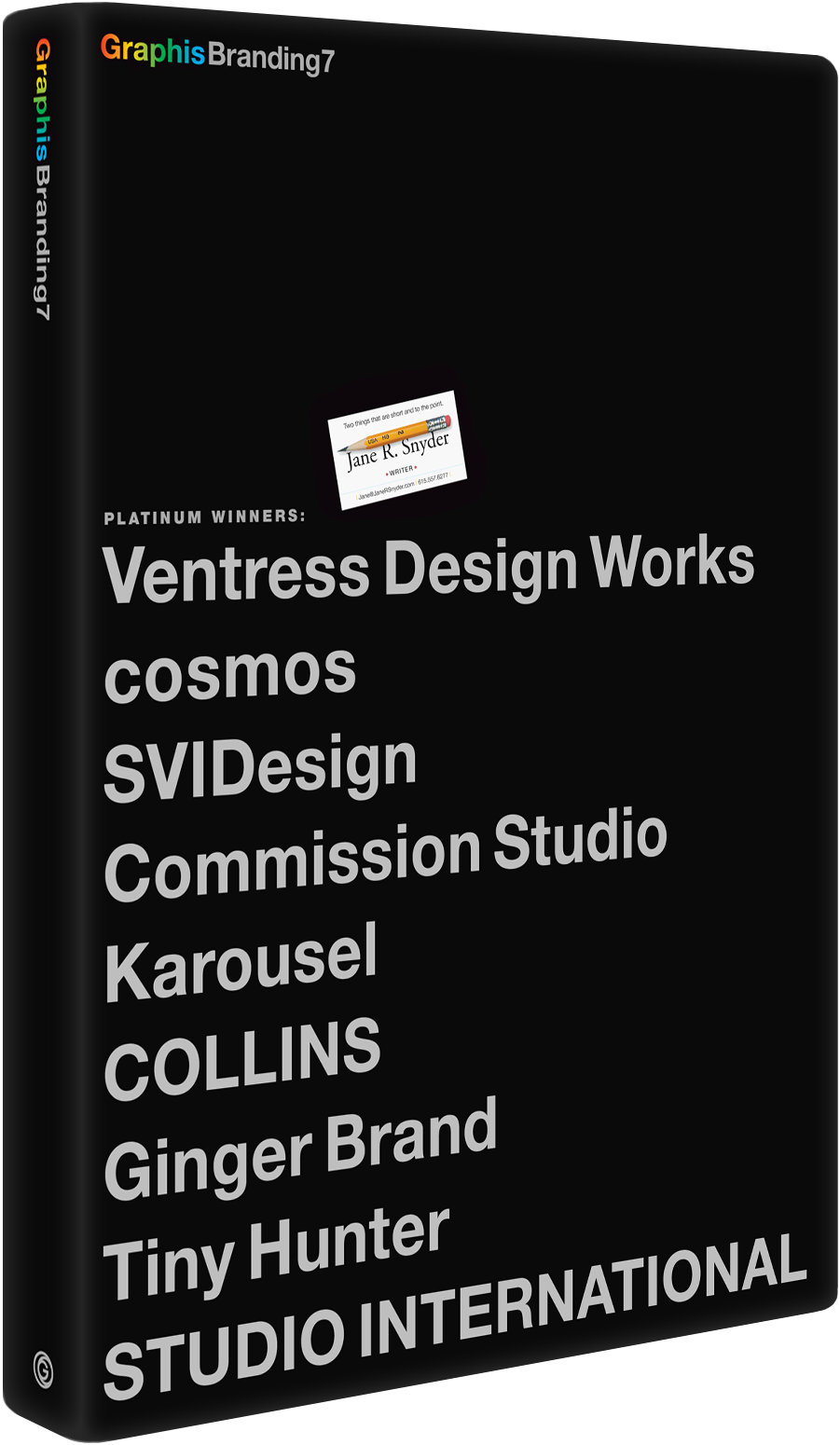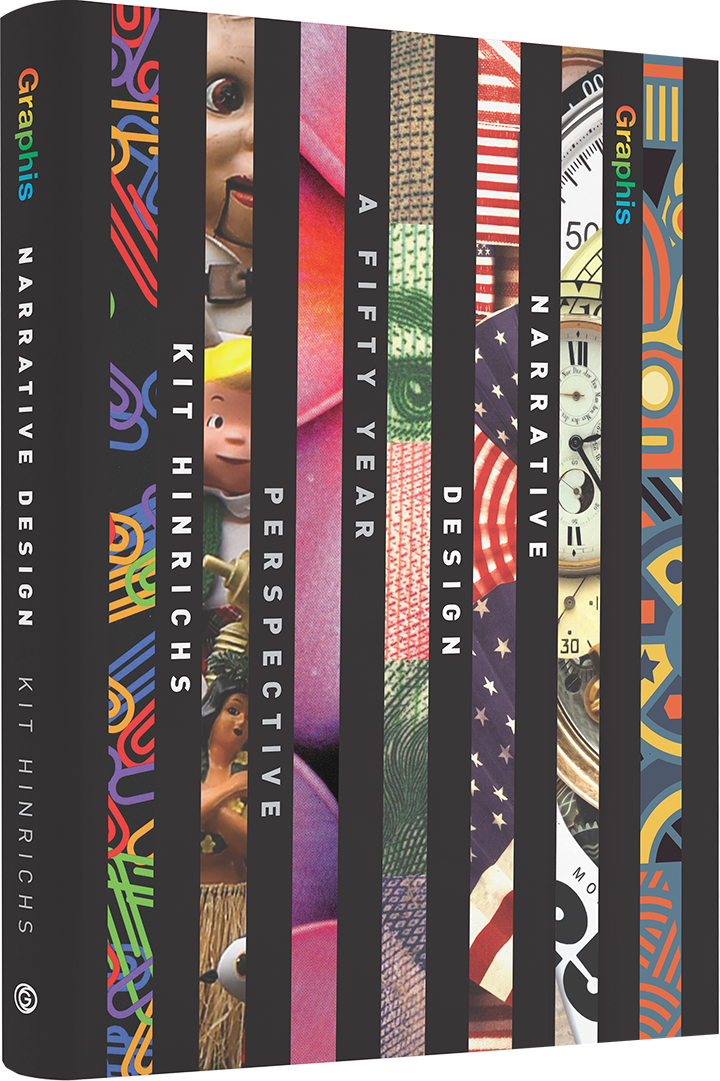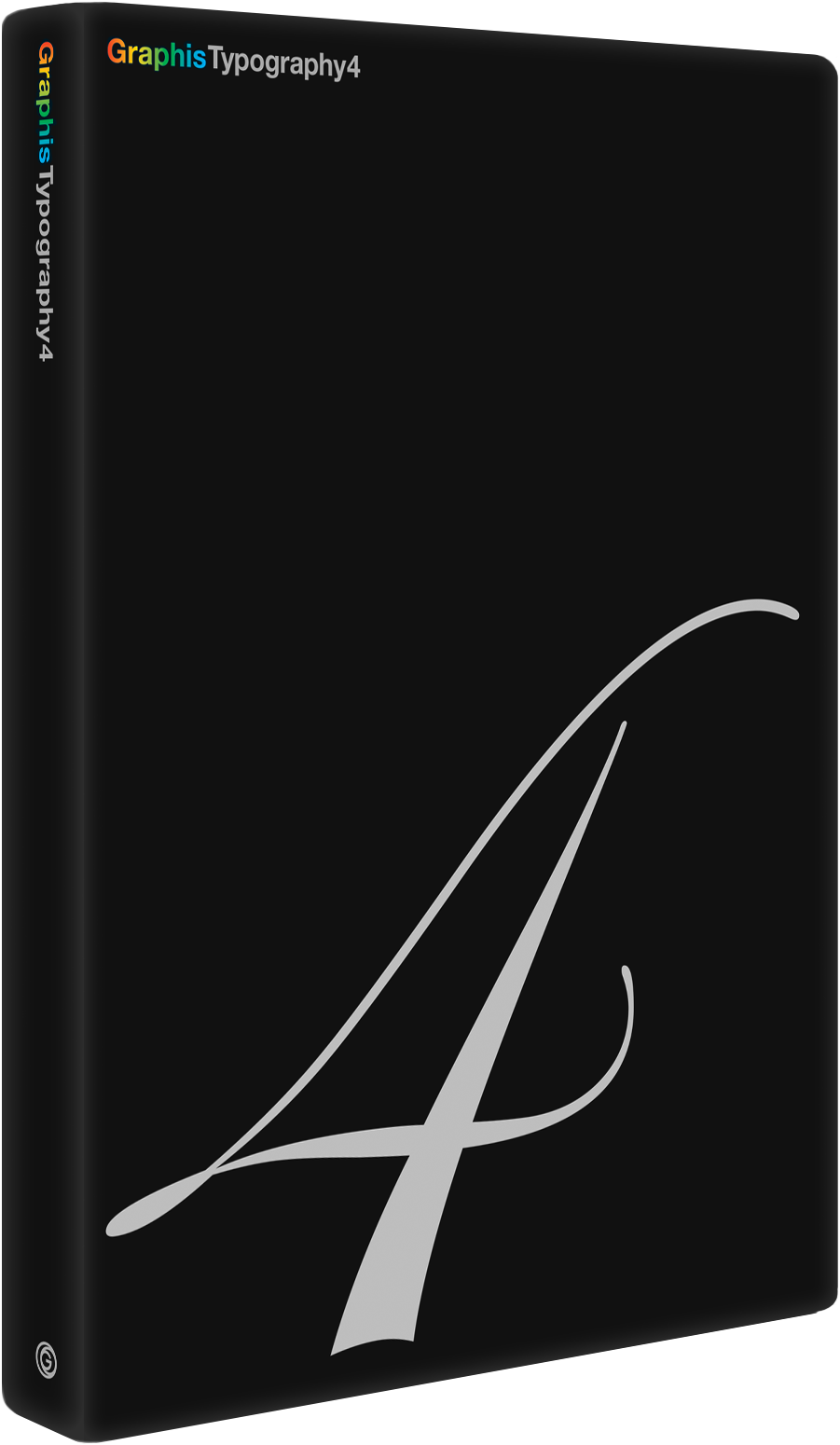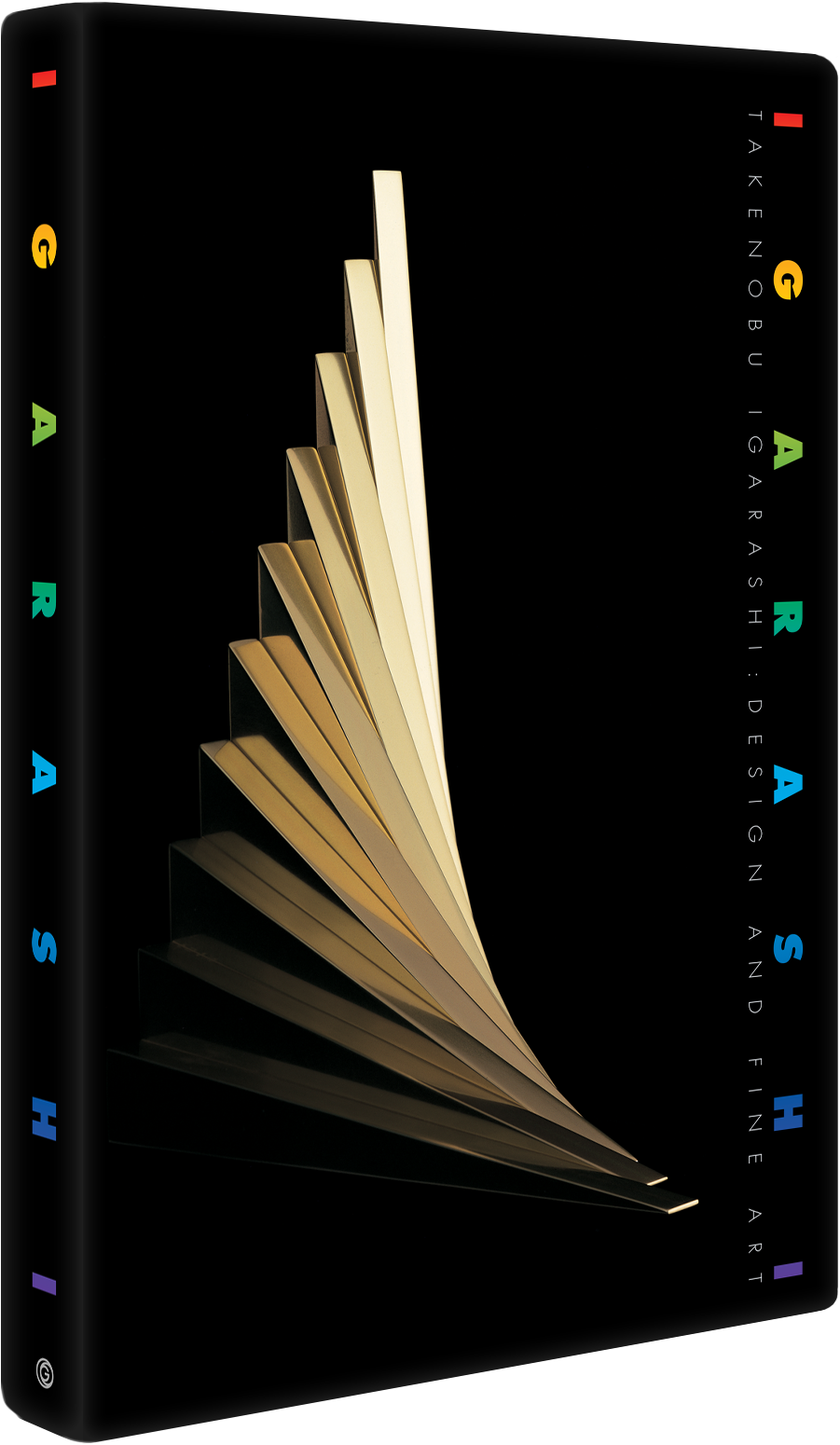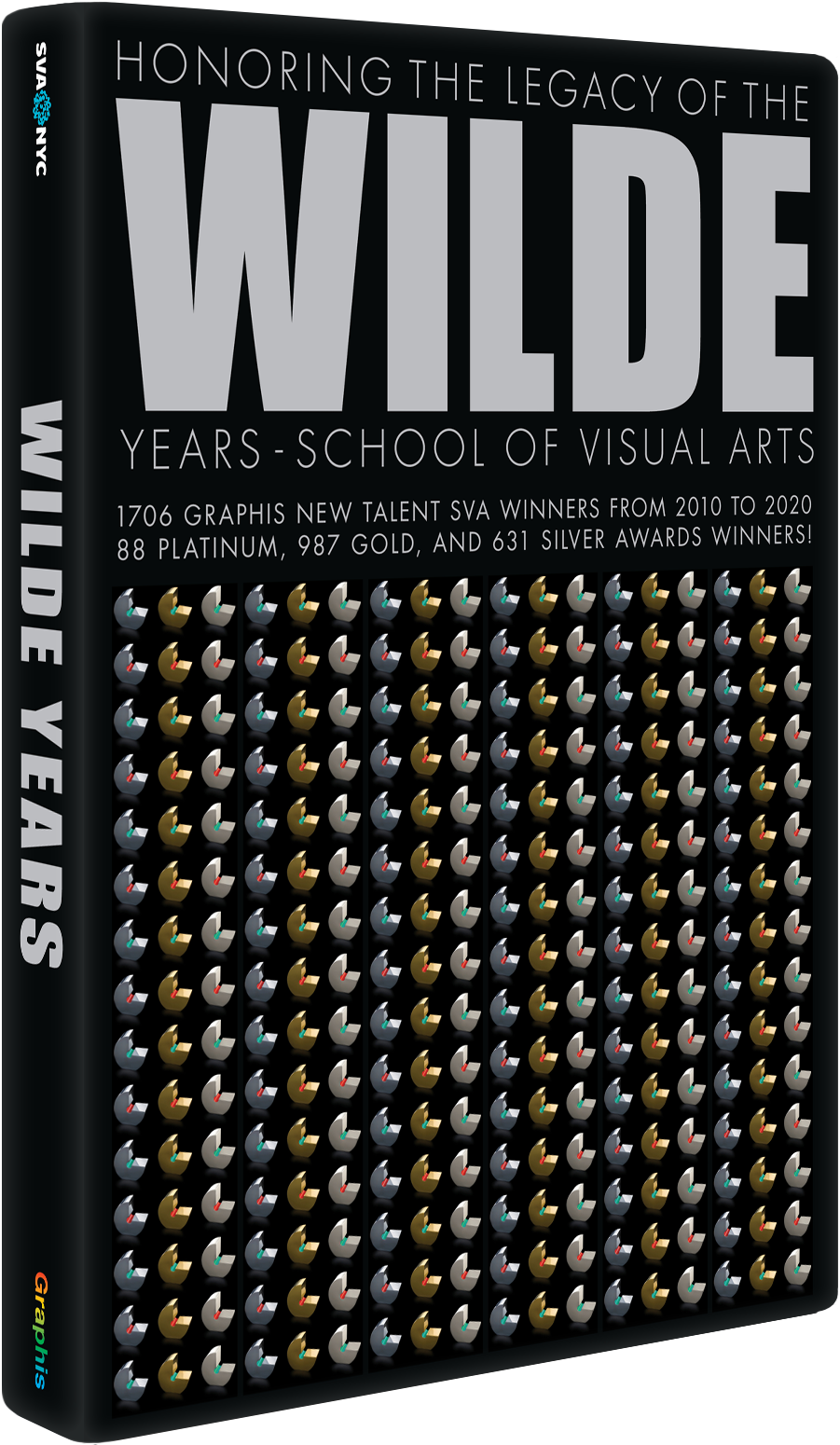RGD DesignThinkers Conference 2015
Competition:Design Annual 2017
Award:Silver
Design Firm:Overdrive Design Limited
Client:RGD — The Association of Registered Graphic Designers
Categories:Branding, Print
DesignerJames Wilson, Alexander Rosa, Katrina Densmore, Rob Krete, Antonia V. Goga
Project ManagerLeslie Jennings, Bryn Wilson
PrinterPrint Partner: Printed By Somerset, Signage Partner: Resource Integrated, Paper Partner: Mohawk, Paper Supplier: Ariva
PhotographerLeader Photographer: Brian Pieters, Photographer's Assistant: Thomas Lee, Second Photographer: Marc Alcide
EditorRussell Wu, Christian Castel, Sound: Bruce Fleming
DeveloperThe PixelShop
Creative DirectorJames Wilson
ContributorConference Photographer: Michelle Yee, Spencer Xiong, Michael Barker, Antonia V. Goga, Product Photographer: Antonia V. Goga, Thank you: Zak Hannah, Trina De Souza, Voicu Goga, McWood Studios, Plas-Tech Inc, Structure Corp, Afix Poster Displays
Country:Canada







